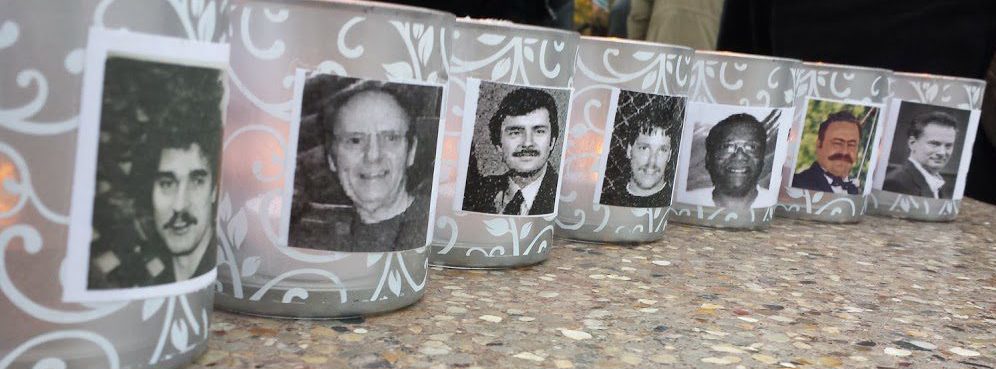What thoughts come to mind when you hear about an innocent person being released from prison? Does it summon hope, anger, relief, skepticism? Maybe it frightens you. Or leaves you feeling indifferent because it’s not your problem. However you see it, two things are certain; we all have an opinion and we all become affected in some way. What is the overall attitude about innocent people in prison?
Many believe that everyone in prison claims to be innocent. I’ve heard assumptions that a person must be guilty if they were arrested and that there’s no room for doubt if they’ve been convicted. Some say the accused must at least know something about what happened. These statements mirror how strongly we believe in our judicial system. It speaks to the unsettling feeling we as a society have in thinking the system could be flawed.
However, more recent findings in regards to DNA and SBS (Shaken Baby Syndrome) for instance, along with improved procedural methods of determining one’s guilt or innocence are altering our way of thinking. With the vast amount of exonerations taking place (an average of 3 a week) it appears we can no longer be satisfied with or accepting of the state of our judicial system. Major strides being instituted through the Innocence Project organization, are impacting how investigations are conducted and how interrogations are handled. Exonerations are proof that mistakes have been made and that people have been incorrectly imprisoned.
How do we come to terms with this reality and more importantly, how do we ignore it? And why is it that so very few people think this is not affecting families, communities, states, and the country? And then there’s the issue of when an innocent person is convicted of a crime, the real perpetrator goes free, allowing that person to commit other crimes. One third of DNA exonerations have cleared an innocent person and revealed the true perpetrator. Often those people are in the same prison as the innocent person, for a crime(s) they committed later on.
The upside is that law enforcement communities across the country are starting to accept that there are problems. Many DA’s offices are now working in conjunction with Innocence Project’s in their state to ensure that only guilty people are in prison. They are instituting programs called, conviction integrity units which monitor past investigations for the purpose of ruling out mistakes.
A facial image is easily etched in our minds. Take mug shots, for instance. They typically portray a person at their absolute worst. Many times these images are misleading and designed to impact our judgment of the person in the photo. It’s similar to when a defendant shows up in court clean shaven and wearing a suit.
Below are updated artistic depictions* of six men convicted of murder in 1995. They were drawn from photos in the Green Bay Press-Gazette (courtesy of photographer, Corey Wilson). One of the men was deemed innocent and exonerated after five and a half years in prison. Many believe all of them are murderers but others believe they were railroaded.
As you study the drawings, what do you see? If you are of the mind that they could be innocent, you might see the pain and anguish. If you are of another opinion that all people proclaim to be innocent and that they are most likely guilty of something, you may see malice or indignation.
*Drawings courtesy of artist/writer, Jared Manninen







this is a great read. Look forward to good new on the Green bay travesty.
Brad
Thank you for your welcomed feedback Brad. Believe me, I am looking forward to seeing how this WI case progresses in the near future also. So much has been lost to these men and their families that can never be replaced and it is time for the authorities to admit they got it wrong and to finally do the right thing. These people deserve justice as much as anyone else.